Truth: Music as Super 4 X55 Millet TV 4A 55 inches
One TV vs Split TV: No Comparability
Millet TV 4A with music as Super 4 Max55 comparable? Millet TV 4A conference has not really ended, Xiaomi TV 4A 55 inches and music as Super 4 Max55's comparative evaluation was issued. However, one-piece TV 4A 55-inch TV and split-style music as Super 4 X55, itself is not on a horizontal line.
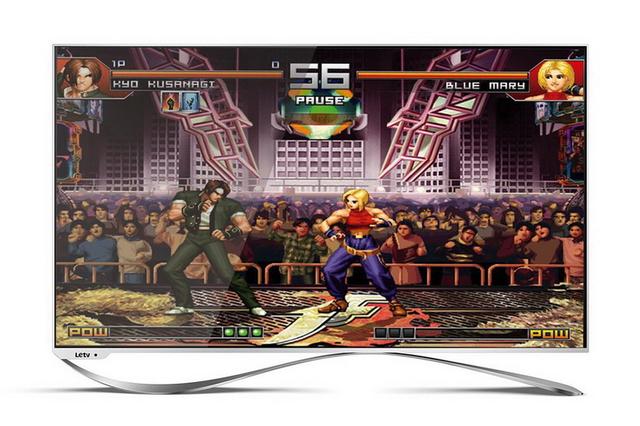

According to the timeline, the LeTV Super 4 Max55 is a new product released on February 28 this year, while Xiaomi 4A is a new product released on March 21 this year. Although both are new in 2017, the former is a split-TV that is positioned in the high-end market, while the latter is a low-cost TV that is positioned in the low-end market. Split TV with better or the same hardware performance and comparable sound design 2.1 speakers, so that one TV and split TV is no longer a starting line. Millet TV 4A and LeTV's products, it seems that only 4 X55 can barely be. Therefore, the comparison behind us is also starting with the LeTV 4 X55 and the 4A 55-inch TV.
In fact, Millet TV 4A and LeTV 4 Max55's "evaluation" itself is a conspiracy, because the LeTV Max series positioning high-end, and millet TV 4A is more like a "red rice TV" A plan economy. For this reason, contact with LeTV Super TV Marketing Department, said that it simply did not provide for the media over 4 Max55 evaluation TV, so this non-objective "comparison evaluation" will not be able to talk about.

We use the Super 4 X55 released by LeTV in May 2016 and compare it with the 4A 55-inch TV in the March 2017 TV series. So there is a summary table above: the blue area is the contrast of the screen quality, the pink area is the comparison of the hardware performance, the gray area is the contrast of the audio performance, and the white part is the comparison of the design + attachment part. The red font part indicates better. If you don't understand this form well, then look at the breakdown behind it.
Difference between plastic and metal: 3 times the gap between design materials
When people choose their smartphones, they prefer to have more metal shells than plastic shells. The same applies to smart TVs because metal shells are more able to reflect design strength and texture, and they give people a more durable and stronger feeling. From the point of view of design and materials, we came to Xiaomi TV 4A and LeTV 4 X55.
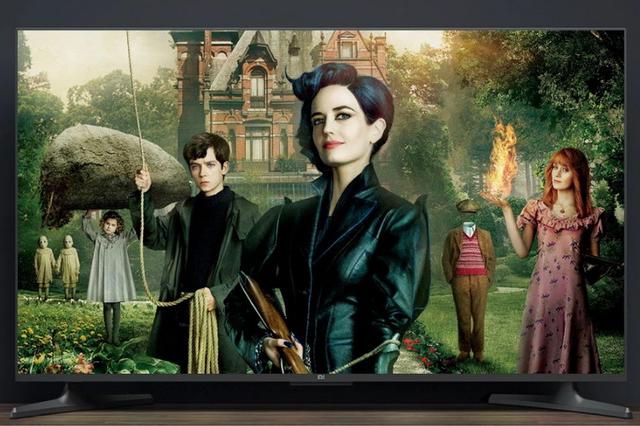
Millet TV once launched the millet TV 2S in 2015 and used the all-metal body. Millet TV 4A uses plastic only where it can use plastic. It only has to use the back part of the metal. Module cooling) Use a metal back shell. Frames, bases, bottom shells, remote controls, etc., all use plastic.
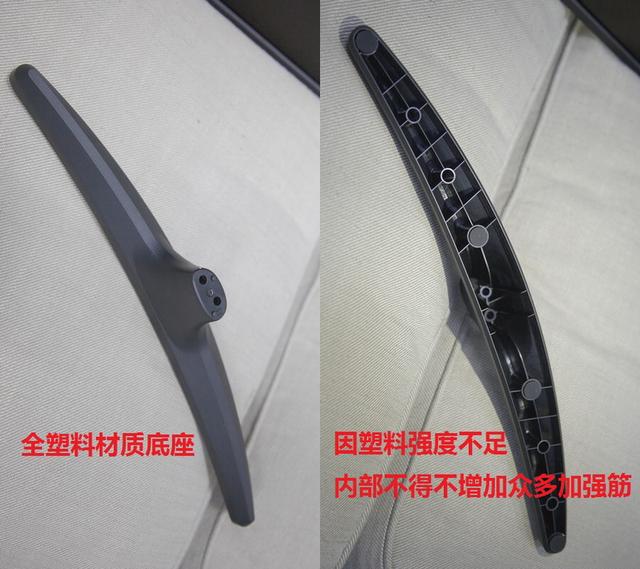
The all-metal ultra-thin body design adopted by LeTV 4 X55, the ultra-narrow aluminum alloy drilling and cutting process frame, and the one-piece aluminum alloy cloud base, this kind of design and materials will make the second generation super TV available as 2014. It has already begun, after several generations of product continuous improvement and continuation. LeTV's design and materials are also in the industry.

LeSky Super 4 nearly two generations of products are aluminum alloy or metal black design, the main is the sense of technology and the combination of simple and stylish home style. There is nothing wrong with the cloud base or the mount.

Contrast design, we can see the border design. Border design This problem for more and more discerning users, you can see the following picture of the TV card 4A border slot bus card can be directly inserted. The music as ultra-4 X55 uses a metal frame gap is almost no, and quality control is more stringent, the bus card can not be inserted.

The problem of interface design is related to the actual use of users at home. For example, if you want to share the photos or video content on your USB flash drive with your family, you will find that Xiaomi TV 4A cannot connect, and even connecting to HDMI and AV interfaces will not work. Should users choose to hang their TVs from the rack and plug in other peripherals? This design can be said to be anti-human!
LeTV 4 is not the same, the interface design is a lateral, not only easy to install the wiring, and plug in the use of peripheral devices must also be more convenient. In addition, LeTV also designed a top-mounted USB interface on the top of the TV, not only can connect the camera, usually a U disk is also very convenient.
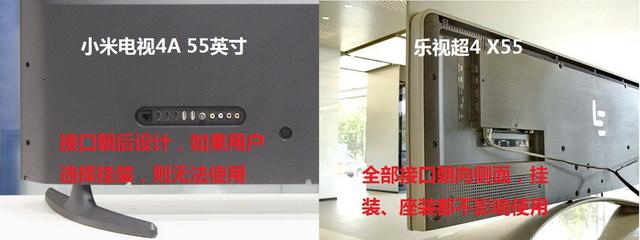
The final ratio of thickness, because millet TV 4A uses a plastic body + metal back, so the use of the thinnest thickness of only 12.3mm, the thickest 75.7mm. The LeTV 4 X55 uses a full-metal design. The back pan uses a plastic material. The thinnest is only 9.9mm and the thickest is 38.7mm.
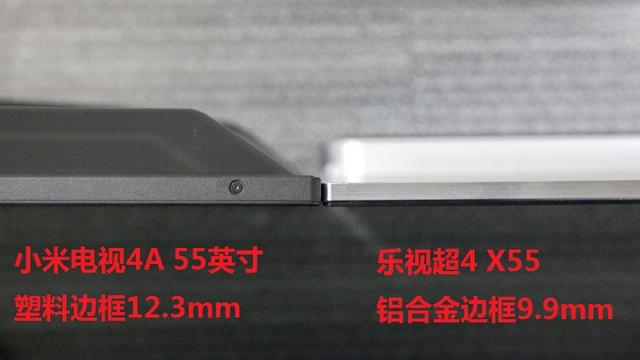
Compared to the thickness, LeTV 4X55 is almost only half the TV 4A 55 inches.
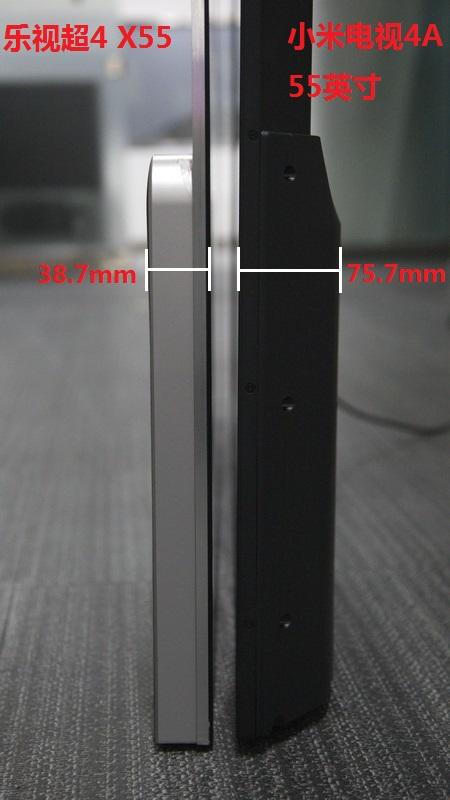
After consulting an industry chain and television industry expert who did not wish to be identified, he told Xiaomi TV 4A that the cost of the base was less than RMB 10, and LeTV's cloud base would be as high as several hundred yuan because of all-metal castings; Super 4 X55 standard Super 3, compared to millet TV 4A with a Bluetooth audio remote control spread is more than 3 times. At the same time, the price difference between the processors of the two TVs must also be more than 3 times, so it can be reflected in the performance. Please see below for the performance test part.
Objective performance test: 1.6 times the performance gap
LeTV 4 X55 uses the Mstar 6A938 processor, which uses a 2-core A72 architecture + 2-core A53 architecture, clocked at 1.8GHz. It is said that the core area of ​​1 A72 architecture is equivalent to 4 A53 core areas. It is precisely because of the difference in core area that differences in manufacturing design and performance are also visible. The millet TV 4A system uses Amlogic T962 processor, 4-core A53 architecture processor, clocked at 1.5GHz, this even the previous generation of millet TV 3S 4 core A53 1.8GHz Amlogic T968 processor performance A lot worse.
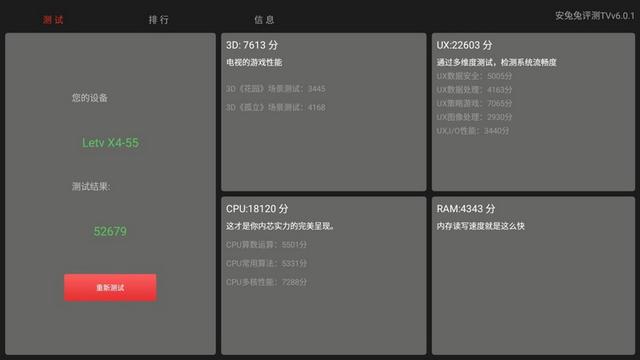
In addition, LeTV 4 X55's 3GB of RAM, Mali-T820, and Milli TV 4A 55-inch 2GB RAM, Mali-450 GPU is also very different. For example, 2G memory and T400 series GPUs are almost impossible to play when playing large games, while 3G memory and T800 series GPUs do not have problems such as stalling and delay.
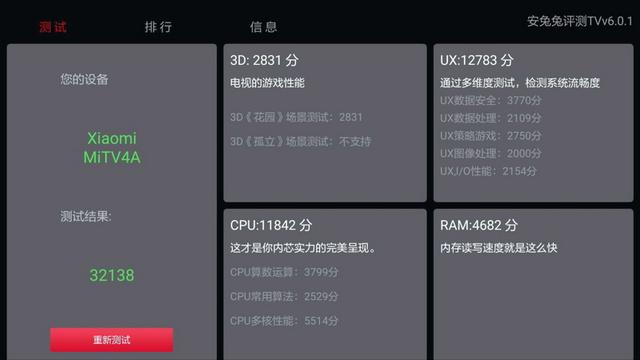
It is not difficult to see from the evaluation results of TV v6.01 on the Bunny rabbit evaluation that the LeTV 4 X55 is divided into 52679, which is 1.6 times the millet TV 4A 55 inch 32138. This also seems to confirm that the three-fold price difference between the Mstar 6A938 used by LeTV and the Amlogic T962 used by Xiaomi TV 4A by the above experts is not groundless.
Users who have not used a smart TV may not realize the specific differences, but you can understand this: buy a mobile phone with a top-end processor that costs several thousand dollars, and use a low-end mobile phone that is less than a thousand dollars. When playing games and other application scenarios, there will be very obvious performance. Imagine a smart TV that needs to be replaced in 3 or 5 years. Is a product that is quickly being eliminated placed at home? To this end, you will choose to buy music, storage are top-level configuration of LeTV, or use the OTT set-top box commonly used processor millet TV 4A, the answer is not self-evident.
The screen is wrong: the panel level is more important
Due to the panel panel manufacturers' different panel production lines, panel cutting size and output, etc., one and two panel suppliers have been unable to completely satisfy the TV manufacturers' purchase requirements. Therefore, it is common for TV makers to have a number of TV panel suppliers. This is also true for well-known video sites in China such as Hisense, Skyworth, and Konka. Even TCL with a panel manufacturing line (Huaxing Optoelectronics is invested and built by TCL) also needs to source from different LCD panel manufacturers to meet production needs.
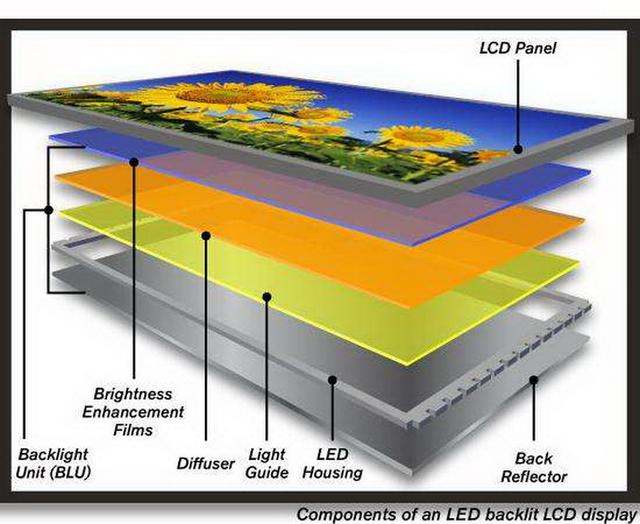
The panel information that most users often pay attention to still stays on the panel brand. This is a rather sad phenomenon. In fact, the panel level is more important. People generally think that the LCD panel of Japanese and Korean brands is good, and this view is actually wrong. The quality of LCD panels in China and Taiwan has reached the world's leading level.
According to survey data released by Quzhi Consultation, global shipments of LCD TV panels reached 258 million units in 2016, and the capacity of panel makers in mainland China continued to expand. Shipments exceeded the Taiwan region, ranking second only to South Korea. two. At the same time, the panels in the Chinese mainland and Taiwan region are comparable to the Japanese and South Korean brands in terms of LCD LCD technology, which is comparable to the Japanese and Korean brands. This applies to both large-size panel cutting technology and LCD panel display technology. .
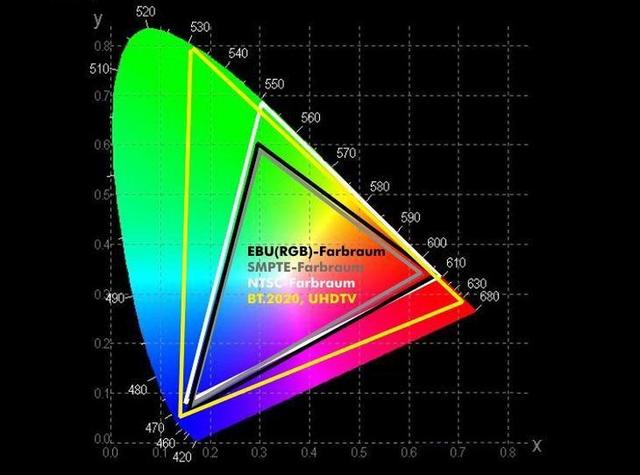
So what kind of panel quality is good? One technical measure that may be overlooked by everyone is the gamut range. Of course, the color gamut range includes backlight, modules, and other conditions. However, users can simply think that the color gamut of the TV display is basically equal to the quality of the screen, and the color gamut range of the LCD TV with better quality can better restore the captured scene. LCD TVs with a color gamut range greater than 72% can be called the wide color gamut, and of course there are better indicators such as 85% or even more than 100%.
The color range of LeTV 4 X55 has reached 85%, and it is worthy of praise that LeTV Super TV (40 inches to 120 inches) has reached more than 85%, and LeTV’s QD TV technology was demonstrated at 2017 CES. The gamut range has even exceeded 102% and 115%.
Millet TV 4A 55-inch color gamut can cover up to 72%, which is not as good as millet TV's previous generation 3S color gamut coverage. Even the 4A 43/49-inch color gamut of Xiaomi TV has not been marked. This is enough to make people worry. What panel is Xiaomi TV 4A using?
The new president of LeTV, Mr. Liang Jun, revealed in the interview that currently LeTV Super TV panels adopt A+ class panels. Because of the size and production volume of the panel makers, the major suppliers are Sharp, LG, Samsung, AUO, Huaxing, Innolux. Six suppliers provide panels.
In fact, we also hope that consumers can more clearly realize that LCD panels do not have only one brand to determine the pros and cons. Display panel materials, color gamut, response time, backlight light source, drive module, etc., are all multidimensional determinants of a LCD TV. The most intuitive is that only 72% of the color space millet TV 4A 55/65 inches, and 43/49 inches of unappealing coverage of the excellent domain, and the 85% color gamut coverage of the Lexicon 4 X55 is not at the same level .
Due to the length of space, the comparison of products such as Xiaomi TV 4A and Leshi Super 4 X55 should not be further described. The three-fold price spread, 1.6-fold performance gap, and color gamut coverage are comparatively objective proofs. I just hope that users will not lose their ability to discriminate because of some misunderstandings. As we have seen above, we are able to see more clearly the tricks behind the scenes in terms of screen quality, hardware performance, product materials, and design.
Product Brand:Sn63/Pb37.Sn60/Pb40.Sn50/Pb50.Sn45/Pb55.Sn40/Pb60.Sn30/Pb70
Lead solder is made lead and tin metal, It enjoys excellent weld ability, reliable welding spot and little corrosion. The anode hemisphere, which is made from extremely high purity raw materials, is of high quality and stable.
Lead Solder Bar,Tin Lead Solder Bar,Lead Free Solder Bar,Lead Tin Soldering Bar
Shaoxing Tianlong Tin Materials Co.,Ltd. , https://www.tianlongspray.com